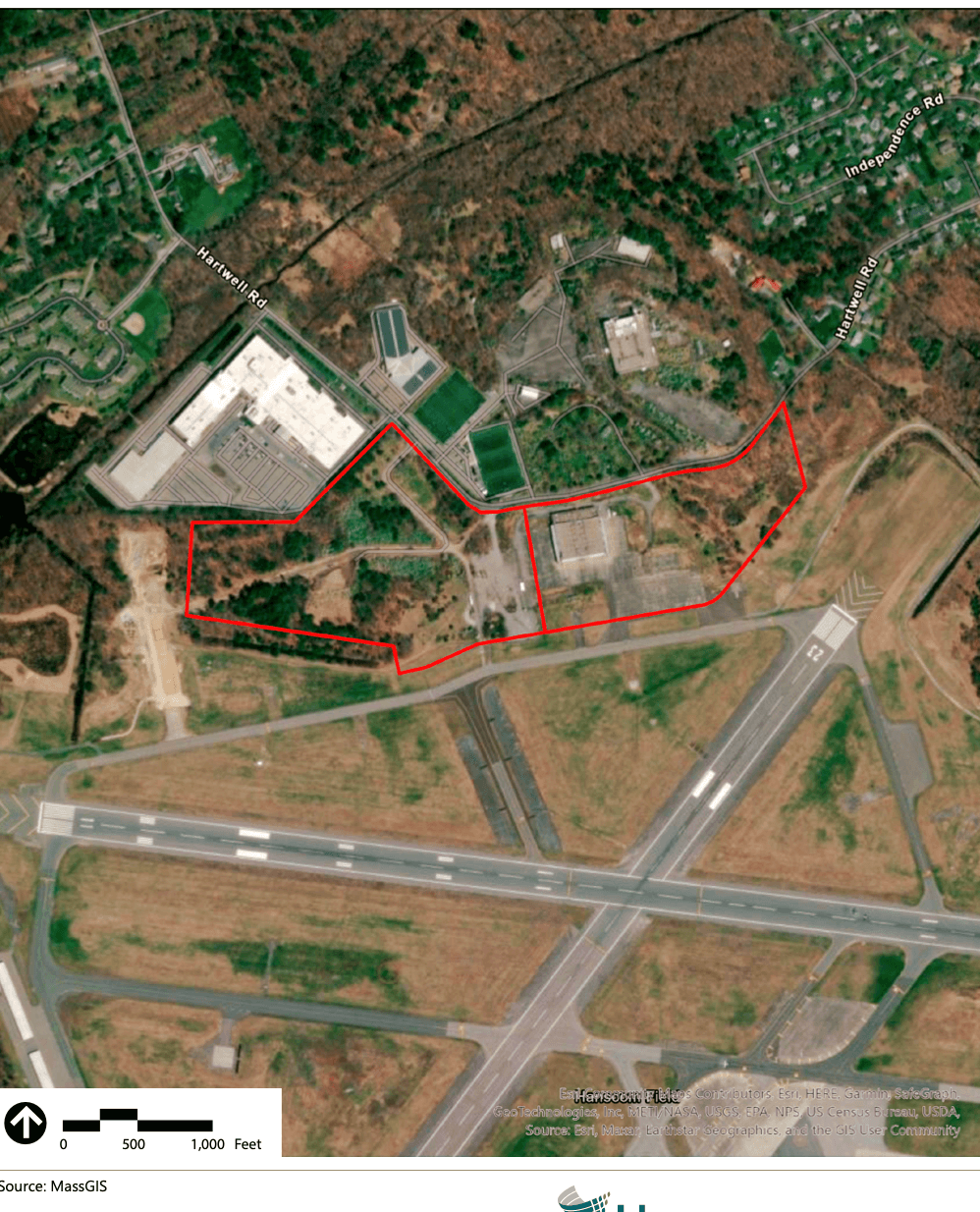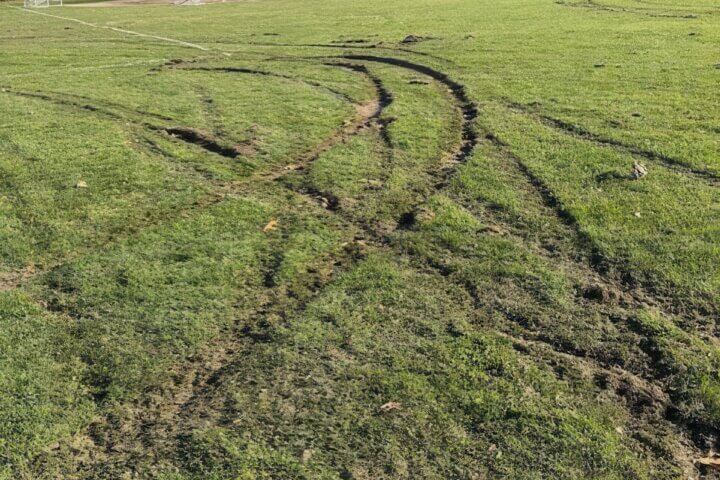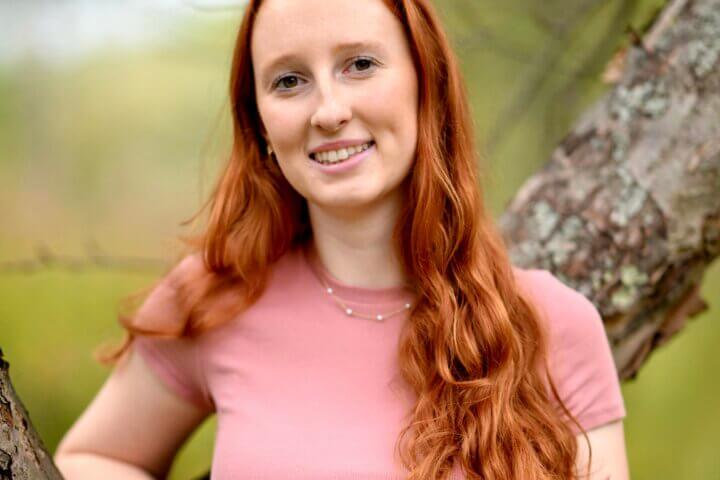Seemingly everyone agrees that the air traffic at Hanscom Field creates noise and pollution. How to measure and remediate the noise, and decrease pollution has no immediate answer.
The proposed addition of 27 hangars, now being reviewed by the Massachusetts Environmental Agency, has few, if any, local supporters. The review is expected to be complete this fall.
The Hanscom Field Advisory Commission, comprised of people from towns surrounding the airfield, is a liaison between residents and Massport, the state agency in charge of the non-military airport. HFAC met on May 16 and joined others to update the Concord Select Board on May 22.
A Federal Aviation Administration report found that noise levels are going down, as based on daily monitoring, but is not a good measure of how airplane noise annoys people, said Chair Christopher Eliot of Lincoln, during the HFAC remote meeting.
In April, 177 noise complaints were filed by 15 residents. Massport researches the noise complaints and responds, said Amber Goodspeed, manager of airport administration at Hanscom.
The annoyance level could be increasing because of the startle factor due to the decrease of ambient noise from aircraft and motor vehicles. “It is when the interruption of the noise is much more perceived than the noise itself,” said Commissioner Thomas Hirsch, a pilot from Bedford.
The FAA is reviewing its noise policy and public comments are due on or before July 31. The commission plans to discuss the policy, available on the FAA.gov website, in its June meeting.
The U.S. government is developing Sustainable Aviation Fuel, SAF, made by refining feedstock waste into a diesel fuel and then further refining it to be used as jet fuel, Eliot said.
SAF costs between two to eight times more than conventional fuel and is currently produced in very low quantities compared to what is being used, he said. Additionally, when it reaches the diesel stage, it can be sold, resulting in less aviation fuel getting refined.
Relying on SAF is a disconnect from European approaches to reducing carbon emissions, Eliot said. Airbus is working to get commercial hydrogen aircraft on the market by 2035.
Another option, electric aircraft, presents a separate problem.
These small aircraft are not as structurally sound and tend to break, Hirsch pointed out. They are not as suitable to use for training as “Cessnas of old” that were “built like bricks.”
Commissioners brought up other concerns during the meeting such as the impact of PFAS, per- and polyfluoroalkyl substances often called “forever chemicals,” from Hanscom on groundwater and drinking water and how the proposed land swap for a North Field development could affect monitoring.
Goodspeed addressed another concern: Runway Romeo will not be upgraded for use by Class 4 aircraft.
During Monday’s e Select Board meeting, Chair Henry Dane asked, “What actions can actually be taken that will be effective” to block or limit the proposed development.
Hammer away at the environmental issue, Eliot said, “If we want to win the political battle we have to think what’s going to matter to people in Boston, to people in Washington.”
Several pointed out that increasing the amount of smaller jets coming into Hanscom could have an effect on those living near Logan. If the smaller craft using Boston switch to Hanscom, an increasing number of larger planes may fly into Logan.
Several suggested a joint letter from local boards of selectmen, including communities along the Logan flight paths to influence the governor, to whom Massport reports. Only the governor can stop the expansion, according to a slide at the Select Board presentation.
Neil Rasmussen, president of Save Our Heritage, a group with a mission to protect the birthplace of the American Revolution, said the group faced commercial airlines and FedEx in the past.
Both the town and Save Our Heritage are working on setting up websites to coordinate efforts regarding the Hanscom expansion. An online petition can be signed at: https://www.ipetitions.com/petition/stop-Hanscom-jet-expansion






